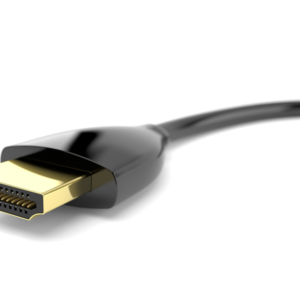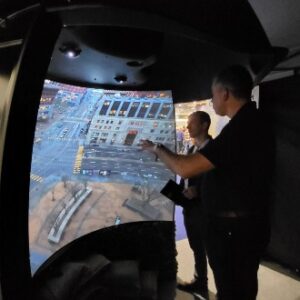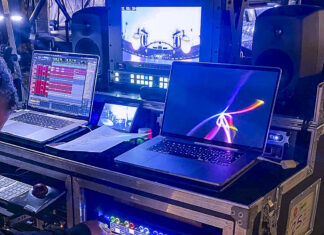Two Words: Software
One of the largest changes being made to AV systems is the shift toward a more IT-centric approach. This has resulted in more products receiving software updates over the network and through the cloud. For many AV professionals, this is a huge change.
Episode 101 of the A State of Control podcast, “Four Lattes,” tackles this changing landscape. Host Steve Greenblatt sat down with Principal of Fregosa Design Rich Fregosa, Senior Systems Programmer & Network Systems Engineer for Verrex Brian Magrogan, and Software Consultant for Catch Technologies Patrick Murray to discuss the potential benefits and pitfalls of software upgrades on AV systems.
Changing Dynamics in AV
There’s a lot of unknowns that come with software-heavy systems. “We had our own world, and we were able to kind of dictate the rules,” Greenblatt says. “It seems like we now are playing in other people’s worlds … changes the dynamic a bit.”
Fregrosa doesn’t think this is a bad thing. “Whether the corporate IT side of the commercial world wanted to embrace us or not, they have to play nice with us at this point.” He explains that virtualization and the SaaS model offer cost savings to companies. Initially, these things weren’t needed, and hardware upgrades would often be pushed farther and farther down the road. The pandemic and supply chain issues necessitated things like remote diagnostics, opening the door to more software-defined equipment.
Considerations With IT-Centric AV
Murray has been championing this switch for the last several years and believes that this new era needs to start with management. When you’re on a network, you have to be able to manage your devices, update them, and patch vulnerabilities. To coexist on a network with AV devices, these devices and the professionals that maintain them need to behave in the same way.
“One of the problems is, a lot of the devices we work with are not IT-centric,” Murray explains. When choosing a software-defined device, it’s important to look at what goes into its software management. Murray offers examples like:
- Can the device be managed?
- How are updates handled?
- Is there a way to turn off automatic updates?
- What kind of APIs does it have?
Additionally, professionals need to look at how the organization itself operates. “The only way to really get a handle on it is just to look at it on a case-by-case basis and really just look at every step that’s involved,” Murray says.
Maintaining Control With Software Defined Equipment
Loss of control is still at the forefront of many experts’ minds. Programming may stay the same, but what you’re controlling and working with could change overnight.
“It’s a piece that we need to stay on top of,” Magrogan says. To combat issues like this, Magrogan says one of the first things he does when he gets to his desk is to check current and upcoming releases from all the major manufacturers. Tracking these changes helps him stay on top of things. “When security vulnerabilities come up, we can go and say, ‘I need to know everything that’s on this version of firmware so that we can address it.’”
AV/IT on the Residential Side
While AV may be used differently in residential situations than in corporate situations, the management of this technology isn’t all that different. However, in residential applications, there’s a low threshold for inconvenience when something stops working, even for a moment.
“You’re moving to a service model, whether you want to or not,” says Fregrosa. While this new technology is more readily available, it’s not necessarily easier to use. To be successful on the residential side, Fregrosa and Magrogan recommend:
- Shifting your business model to a managed service
- Educating your customers
- Having a backup plan for when things fail
Changes for Integrators and Programmers
“The programming itself should not change unless you’re using a different platform,” Murray explains. “As far as the concepts of control and automation, they’re going to remain the same.”
He sees opportunity in the knowledge gap. The average AV tech isn’t going to know how to manage services when an alert comes up. AV programmers have the chance here to make a parallel move to support services. Programmers can sometimes be marginalized, and by learning new skills, they can prove how invaluable their services are.
“Just keep doing your job and helping people, and you’ll learn about this stuff on its own,” says Murray. “You’ll find yourself in the position where you’re troubleshooting the network, you’re troubleshooting sockets, how they communicate with each other, and proving your worth.”
A shift in mindset is also necessary. Murray points out that software development requires taking your time and planning for everything. In traditional AV, once the product is delivered, the job is done. In software-centric AV, the equipment is the last step. Project management is paramount.
Final Thoughts
The shift to software-defined AV control comes with a lot of unknowns but also a lot of promise. Programmers especially can take advantage of this change to increase their knowledge and prove themselves indispensable.
Check out the podcast on our website or watch it on YouTube.









